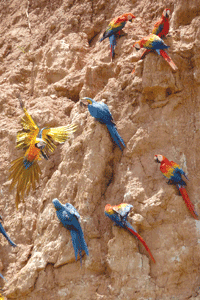 Fantastic eco-adventure to be won!
Fantastic eco-adventure to be won!
Rainforest expeditions has very generously donated an amazing eco-adventure of a lifetime to raffle at the Parrot Education & Adoption Center’s Conference 2012. This is to directly benefit The Tambopata Macaw Project (TMP) - in desperate need of funding.
Don Brightsmith, Pamela Clark and Kris Porter all from TMP in Peru will be speaking at the conference being held on Sunday, 9 September 2012, in Cleveland, Ohio.
This fabulous trip, valued at US$1,750 (£1,155) per person based on double occupancy, allows you to tour the Tambopata Research Center where some of the world’s largest clay licks plays host to more than 17 parrot species daily.
Knowledgeable guides will accompany you on daily walks throughout your stay and educate you about the many mammals, birds and amphibians that live in this highly bio-diverse region.
Two lucky guests will stay for 6 nights in some of the Rainforest Expeditions’ finest lodges. All meals and river transportation is included. (Prize-winners must book between December 2012 and March 2013. Airfares are not included.)
Raffle tickets are $10 (£6.60) each and can be purchased here.
Anyone can buy tickets to give themselves the chance of winning this great trip, and at the same time provide vital support to the conservation efforts of The Tambopata Macaw Project! ALL the proceeds from the raffle will go directly to the TMP.
The winning ticket will be drawn at the PEAC Conference - hosted by Parrot Education & Adoption Center – Cleveland – on Sunday, 9 September, 2012.
Parrot Education & Adoption Center – Cleveland
Enquiries to This email address is being protected from spambots. You need JavaScript enabled to view it.
Vital groundbreaking research on the conservation of macaws and other parrots is being carried out at the Tambopata Research Centre, home to the Tambopata Macaw Project - located in the tropical lowland Peruvian rainforest in South America.
Don Brightsmith PhD, director of The Tambopata Macaw Project (TMP) since 1999, has in the last 13 years taken the project from strength to strength and published a host of pioneering papers on various aspects of macaw breeding, reintroducing parrots to the wild and clay lick ecology. He has also been on hand to lead, teach and inspire scores of Peruvian and international students and volunteers.
TMP’s research centre is based in the Tambopata Madiidi Wilderness on the Peru-Bolivia border and is one of the most remote rainforest lodges in South America. Tambopata Madiidi Wilderness is made up of three extraordinary contiguous Amazon reserves which in total cover an area around two-thirds the size of Costa Rica and protect the most species-rich natural habitat in the world.
This region is home to many clay licks, including the largest in the world - situated just 500 metres and adjacent to the research centre - offering it vital protection from hunters. Its status as the largest clay lick is not only defined by its physical size, but also by the number of parrot species and the number of individuals that visit daily.
The principal aim of the Tambopata Macaw Project is to study the various aspects of the ecology of large macaws and parrots to help us better understand the interactions amongst clay lick use, food supply, breeding season, breeding success, abundance and movements. Individual data is collected and then integrated to help determine how they are related.
Currently The Tambopata Macaw Project’s main objectives are:
- Determine whether food abundance or clay lick use is most tied to nest occupancy and nesting success.
- Ascertain whether clay lick use is correlated with parrot abundance.
- Find out how large macaw nest success varies with relation to food supply and climate.
- Document the nutritional content of parrot foods in the forest to better understand the role of clay lick in the diet of macaws and parrots.
- Determine the health status of adult and young macaws, and parrots and use the information to help manage these birds in captivity.
The project is also developing and evaluating techniques for increasing reproductive output of wild macaws, expanding our knowledge of macaw nesting behaviour, increasing our understanding of the complexities of clay lick use, tracking macaw movements through satellite telemetry and evaluating tourism as a method of protecting macaws and their habitat.
There is mounting evidence that the clay lick soils provide an important source of sodium, and predation is likely driving the time of day in which the birds use the lick. It has also been discovered that parrots use the lick mostly during the breeding season because they feed clay lick soil to their chicks. The complex social interactions among different species seen when using the lick are also being studied.
To help increase breeding success of the large macaws new nest-boxes have been designed for macaw species that have never nested in artificial nest substrates. Experiments and observations are also being conducted, aimed at understanding why some macaw chicks die of starvation and how to enhance their survival. Our findings are being shared with conservation scientists throughout the tropics, to help the recovery and maintenance of all wild macaw populations.

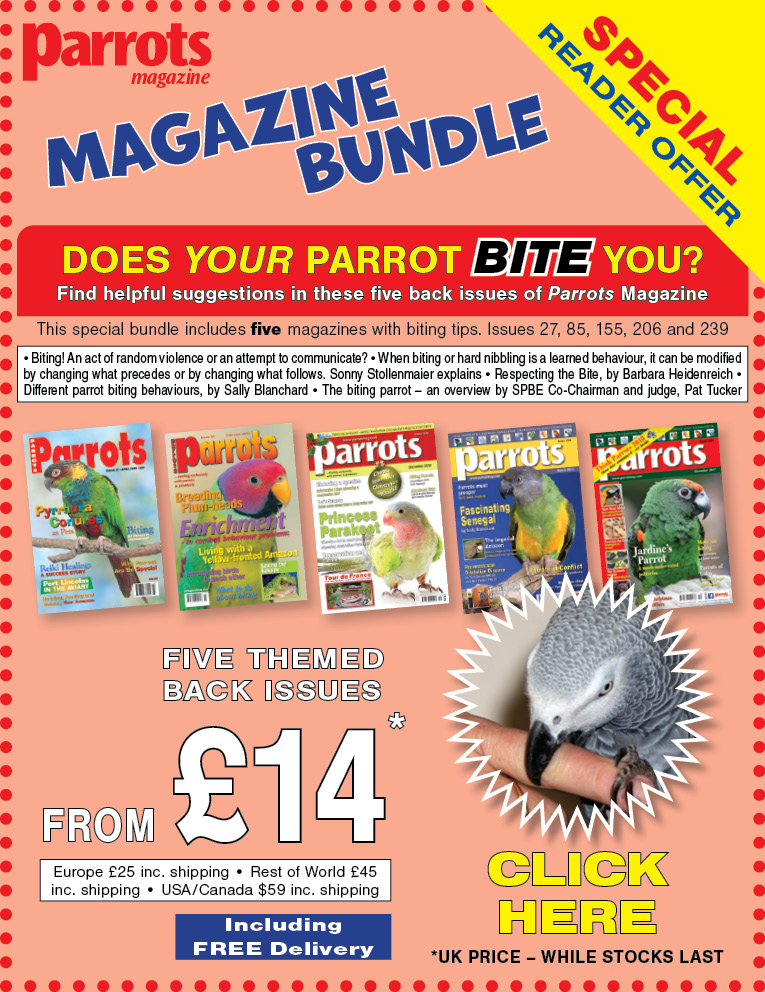
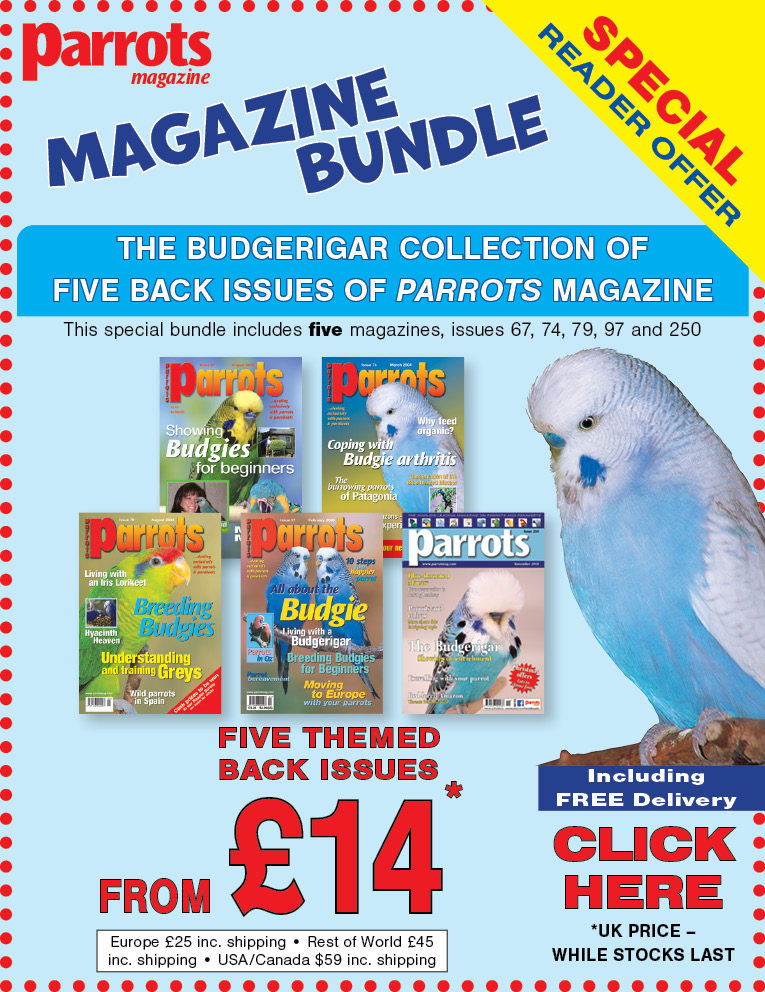
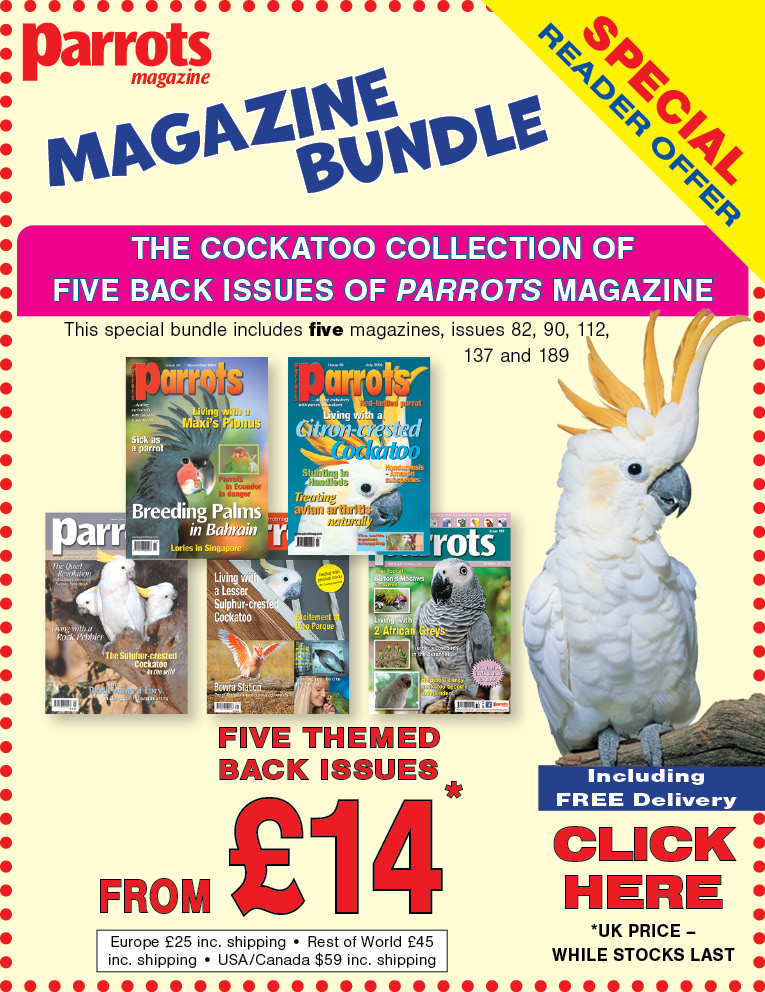
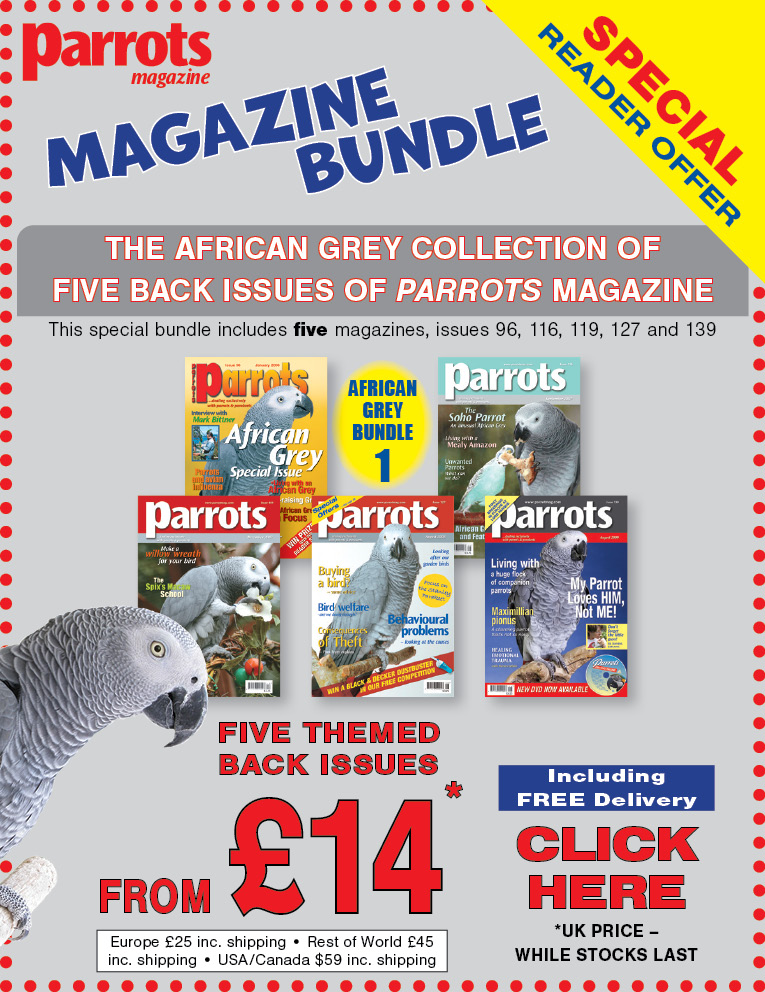

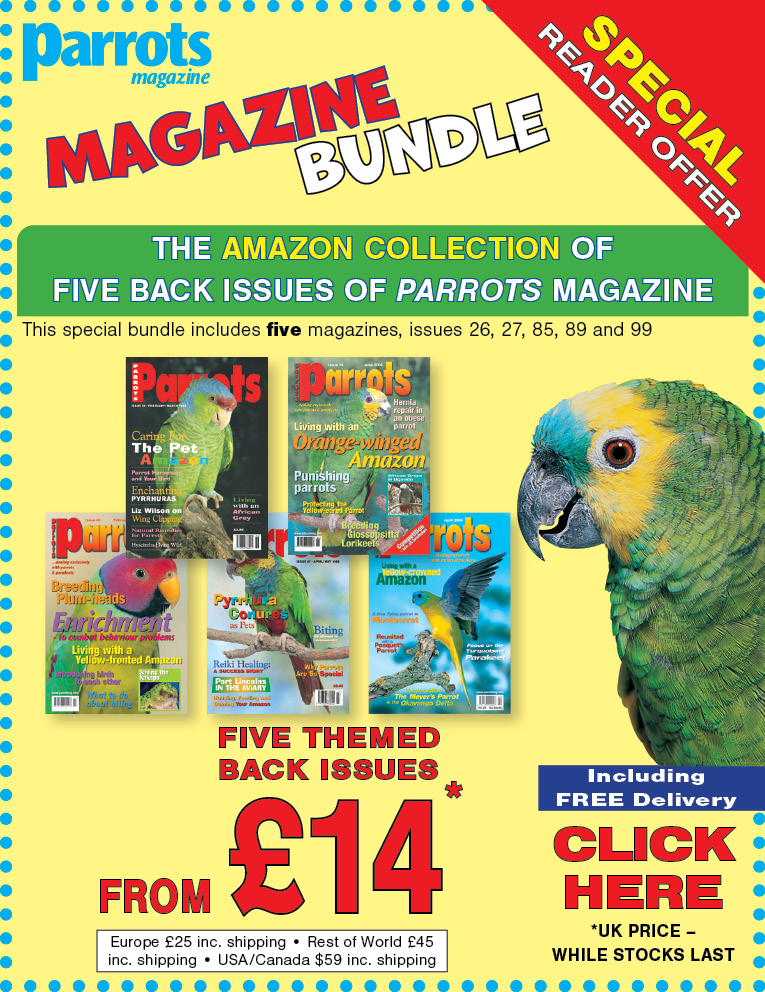

Parrot Chat
Buyers Guides
Breeding articles